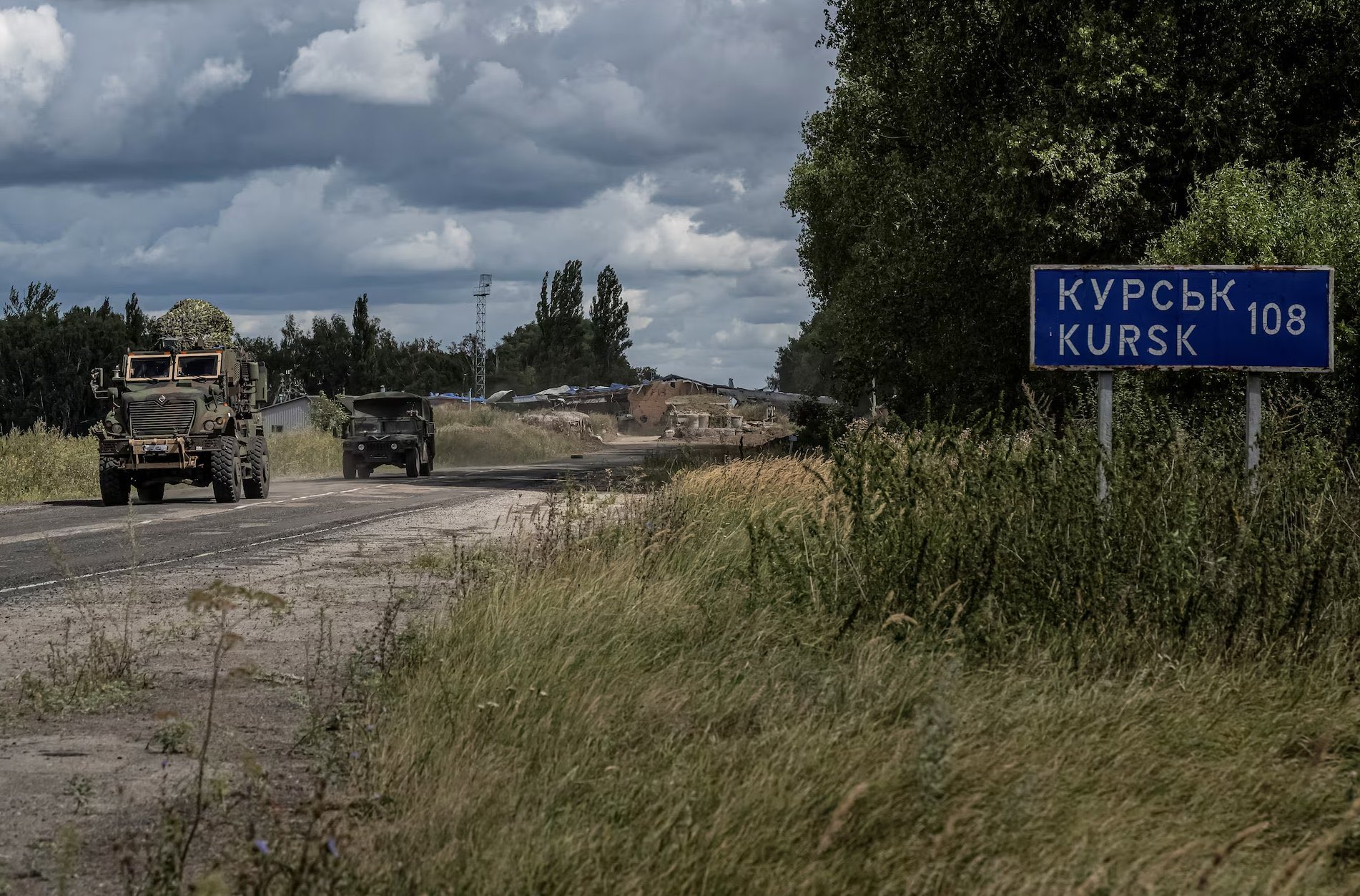In a recent update regarding military assistance to Ukraine, the United States has opted not to permit the deployment of ATACMS (Army Tactical Missile System) missiles for attacks in Russia’s Kursk Oblast, where Ukraine has recently launched a surprise offensive, according to CNN.
The decision follows recent Ukrainian requests to employ these long-range weapons in their ongoing offensive operations in Kursk.
According to unnamed officials cited by CNN, the US is withholding authorization not because of worries about potential escalation but rather for strategic reasons tied to the limited availability of these long-range weapons.
The ATACMS missiles, provided by the US, are a critical component of Ukraine’s arsenal as it seeks to bolster its offensive capabilities.
F-16s “Sitting Ducks” For Russian MiG-31 Fighters? Putin Warns Of Consequences Over Fighting Falcons
However, the US has opted to prioritize their use in the Crimea region over strikes in Kursk Oblast. This decision aims to maximize the impact of the limited number of ATACMS missiles available.
US officials said that the long-range capabilities of the ATACMS would be more effectively utilized in Crimea, which remains a significant focal point in the ongoing conflict. Crimea has been a strategic and symbolic target for Ukraine, making it a priority for the deployment of advanced weaponry.
The US position reflects a strategy of strategically managing the allocation and use of advanced military technology to gain the greatest advantage in the conflict.
By concentrating on Crimea, the US aims to assist Ukraine in targeting crucial Russian assets and positions that could significantly influence the overall war effort.

Nonetheless, the decision could be problematic for Ukraine, which recently launched a major offensive in Kursk and is striving to solidify its gains. The offensive, which began on August 6, was a dramatic move that caught the Kremlin off guard.
For over a week, Moscow has struggled to counter the Ukrainian assault, leading to a range of emergency measures, including the evacuation of hundreds of thousands of civilians from affected areas.
Conversely, to strengthen its recently acquired territory, Ukraine has sought US approval to employ ATACMS missiles against targets in Russia’s Kursk Oblast.
The use of these long-range missiles was probably intended to help Ukraine target key Russian positions and strengthen its control over the areas it had advanced into. Such a move would have been a strategic advantage, enabling Ukrainian forces to maintain their foothold.
Russia Diverts Troops to Counter Kursk Offensive
The report also revealed that Russia had redirected several thousand troops from occupied Ukrainian territories to address a surprisingly effective Ukrainian offensive within Russian borders — a move that could potentially undermine Moscow’s overall war effort.
Multiple brigade-sized units, each comprising at least 1,000 troops, have been shifted to the Kursk region.
US officials have observed that this troop relocation does not mean that Russian President Vladimir Putin has abandoned military operations in other parts of Ukraine, such as the northeast or the south near Zaporizhya, where fighting continues.
The repositioning of Russian troops suggests that Ukraine’s assertive strategy, which was initially regarded as daring yet potentially ineffective, could yield a more substantial strategic advantage if Ukraine can retain control over the territory it has seized from Russia.
The Ukrainian operation has notably impressed American officials, especially due to the secretive nature of its planning and execution.

While the operation may have exposed some vulnerabilities in Ukraine’s defenses along the 600-mile frontline, it might have drawn Russian troops away from other areas where they had been making incremental gains throughout the summer.
According to Ukraine, it has reclaimed over 1,000 square kilometers (386 square miles) of Russian territory since the onset of the assault, displacing tens of thousands of Russian civilians.
Both senior US and European intelligence officials believe that a key objective of the Ukrainian operation is to create strategic dilemmas for Moscow, particularly concerning the allocation of Russian military resources.
Nevertheless, it is estimated that Russia has hundreds of thousands of soldiers deployed along the frontline in Ukraine, suggesting that the immediate effect of reallocating a few thousand troops may be minimal.
Additionally, Russia has not yet moved its larger, better-trained units from Ukraine to Kursk. Instead, it appears to be reinforcing Kursk’s defenses primarily with untrained conscripts from other parts of Russia.
Alongside the troops relocated from within Ukraine, Russia has also dispatched personnel from the Leningrad military district and Kaliningrad to assist in defending Kursk.
Despite acknowledging the operation’s limited success so far, US and Western officials said that it was too early to determine the broader impact of Ukraine’s efforts on the overall war outcome.
Additionally, there are worries that Ukraine’s deployment of seasoned troops to Kursk could expose vulnerabilities in its frontlines, potentially allowing Russia to capitalize on these weaknesses and advance further into Ukraine.
- Contact the author at ashishmichel(at)gmail.com
- Follow EurAsian Times on Google News




